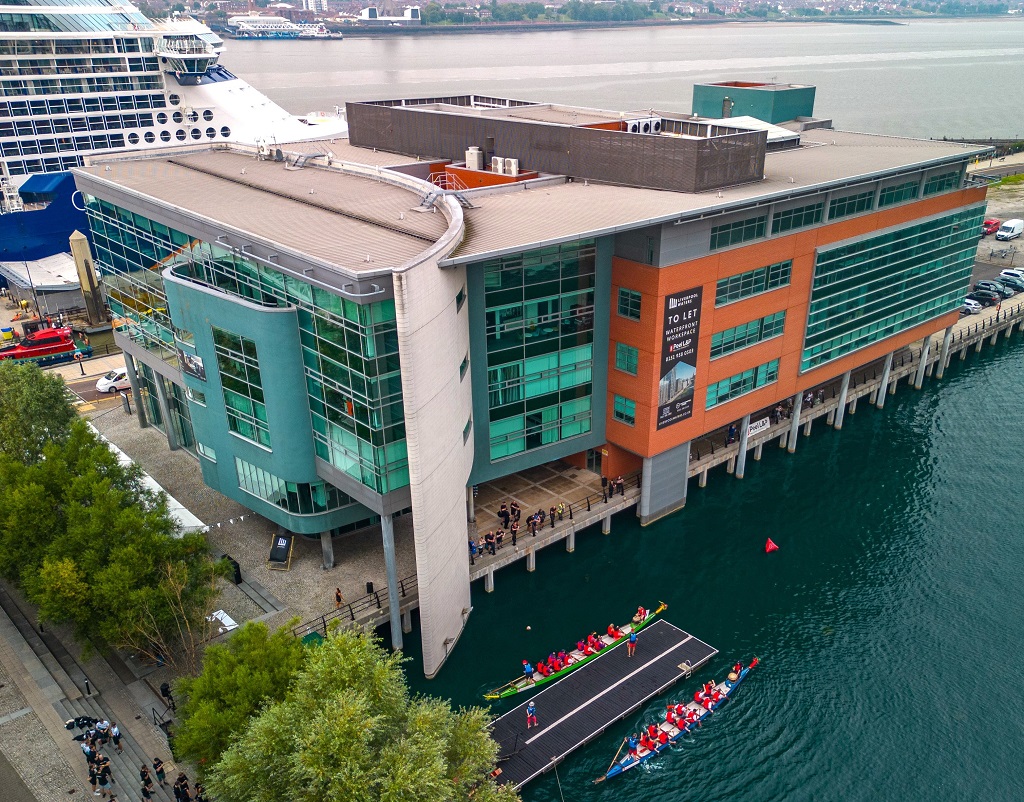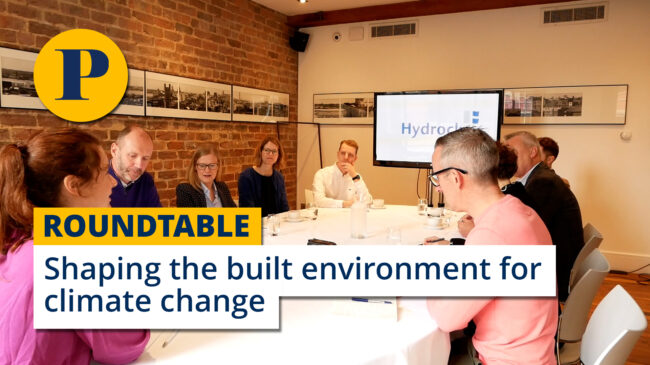Ministers outline NW carbon reduction plan
The North West leads the way in UK CO2 reduction as it has more renewable energy sites than any other region, according to energy minister Lord Hunt.
The Government today published the UK Low Carbon Transition Plan setting out how the country aims to become "the first major economy to convert to low carbon living".
The North West already has 140 sites generating renewable electricity, more than any other English region. There are potential sites for new nuclear and tidal sites that could generate up to 5% of the UK's electricity needs if developed.
Lord Hunt said: "There are big untapped wind and tidal resoures in the North West. The plans we are setting out today include how we are going to reach our target for 15% renewable energy by 2020 and if these resources are harnessed the North West could continue to be the top region for renewable energy sites. The North West is also home to four of the potential sites for new nuclear power stations.
"Moving from high carbon fuels to low carbon green energy is an opportunity for us all. With new money announced today to support the development of wave and tidal power the North West's estuaries could also start generating clean energy."
The Low carbon sector already provides 86,800 jobs in the North West. The North West emitted 59,455 Kt CO2 in 2006 which is around 11% of the national total.
Lord Hunt continued: "Action now is vital to stop the damaging effects of climate change. The climate projections we published last month show if there's no action the North West could face 16% more rainfall in the winter leading to increased winter flooding, transport disruption and risks to urban drainage."
Phil Woolas, minister for the North West, said: "The North West of England was the world's first industrial area – that revolution was based on carbon fuels. The new green technology revolution must also start here."
The UK Low Carbon Transition Plan plots out how the UK will meet its cut in emissions of 34% on 1990 levels by 2020. A 21% reduction has already been delivered, leaving 13% – to achieve over the next 11 years. This will mean that more than 1.2m people will be in green jobs; 7m homes will enjoy pay-as-you-save home energy refurbishments, and more than 1.5m households will be supported to produce their own clean energy; 40% of electricity will be from low carbon sources, from renewables, nuclear and clean coal; the average new car will emit 40% less carbon than now.



